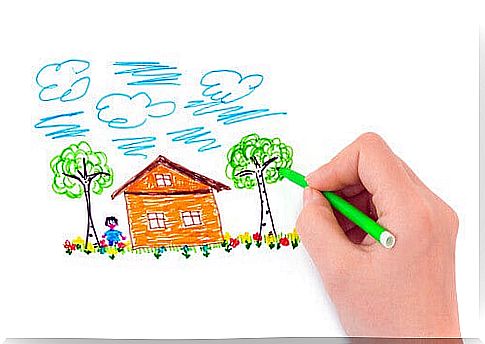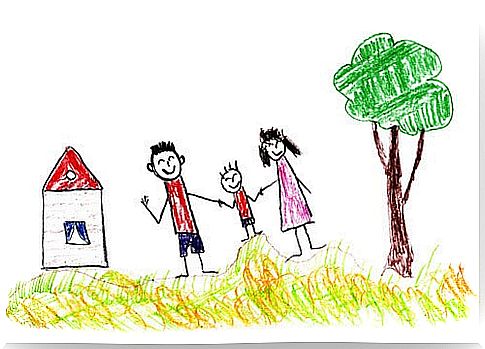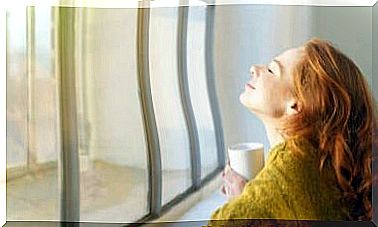House, Wood, Person (HTP): A Personality Test

Through the HTP personality test, you can analyze specific personality functions, internal conflicts and your perception of yourself, or in other words, traits that you think belong to you.
This personality test may seem like a child’s play, but it is also useful for adults. It is used in clinics, offices for psychological counseling, and departments for educational psychology.
What is the HTP personality test?
To take the test, participants are asked to draw a house (H), a tree (T) and a person (P) on a blank sheet of paper. The test tries to identify your most common and hidden inner conflicts.
The analyzer can predict certain personality traits of the individual based on his or her drawings of these simple everyday objects. You probably will not understand it, but when you draw a house, a tree and a person, you shed light on things that you have locked into the unconscious for various reasons.

You do not have to be Picasso to pass this test, you just have to find the clues that the drawing offers. What can the drawing communicate? Broadly speaking, it can express your true self in relation to a family environment (such as a house or a tree) and the people close to you.
The two phases of the HTP test
The study goes much deeper than drawing a house with a tree and a person next to it, so it should not be taken lightly. In the first part (the non-verbal or creative part) the subject is asked to draw these three things. The expert will probably suggest that they draw in the most natural way and forget as much of the context as possible, as well as the subsequent analysis of the drawing.
While the person is drawing, the analyst uses this time to notice the attitude, words and body language. They can show frustration, anger, happiness, etc. When the drawing task is finished, it is time for the second phase, where they have to tell a story using the three grammatical tempus (past, present and future).
Another common option during the HTP test is to answer a series of questions, which are already planned in advance by the specialist. This helps to motivate people who have difficulty expressing themselves or children who can not really work out a story very well.
How, when and why take the HTP test?
The test is designed for people from 8 years and up. This means that basically anyone can be analyzed by drawing a house, a tree and a person. It may seem a little strange for adults to consult a specialist and be asked to draw a picture in the middle of the session, but the results are quite interesting.
To take full advantage of the test, it is best to be in a quiet environment without distractions, where the patient can feel comfortable. An office would be ideal for privacy reasons. The placement should also have all the necessary materials available (paper, pencils, erasers, etc.).

Wiping is allowed, but even this is analyzed: deciding to remove the entire drawing after it is finished is not the same as removing a simple line to improve it.
The HTP test lasts between half an hour and an hour, depending on how long it takes the patient to draw and tell the story. Of course, it also depends on their attitude and whether the analyst decides to ask questions at the end.
What is the point of the HTP test?
The logic is simple. The test is based on the idea that drawings can express many emotions, whether they are past or present, as well as future desires. Each image means something different: the house represents one’s family situation, the tree represents one’s deepest self-concept, and the person is a type of self-portrait or self-image that includes one’s conscience and defense mechanisms.
The position of each object on the page is also analyzed. For example, if the person draws very close to the top of the page, it means that the drawing is related to dreams and imagination, while drawing closer to the bottom is related to the physical world. Drawing on the right is linked to the future, the center is linked to the present, and the left is linked to the past.
They also consider the size of each element, the pressure on each line (which can mean strength or weakness) and the clarity of the image. It is also interesting to know that every part of the house, tree and person also has meaning.
We are not going to tell you what every little thing means, so that you can not cheat when you take the test, but to give a small overview of a possible interpretation: The roof of the house represents the spiritual and the intellectual, the trunk of the tree represents the things that sustain one’s life, and the person’s hands represent emotions.
As in all projection tests, the quality of the information you get depends on the attitude you have to draw the picture and tell the story, and it also depends on the analyst’s ability to distinguish between the relevant and irrelevant parts of the drawing.









